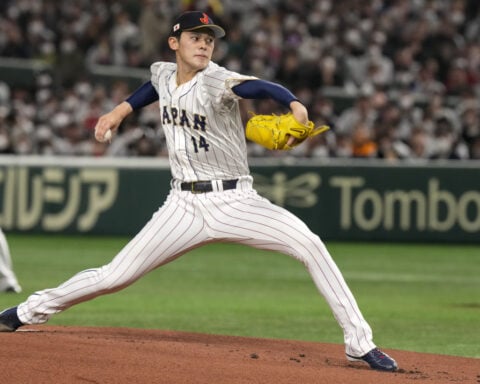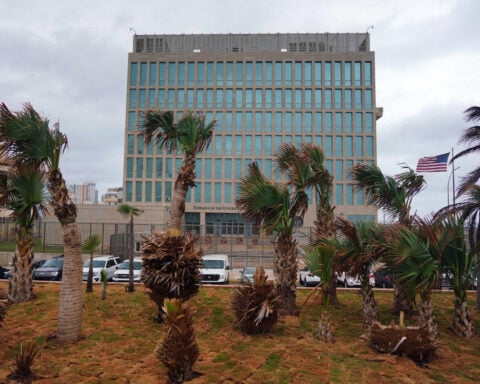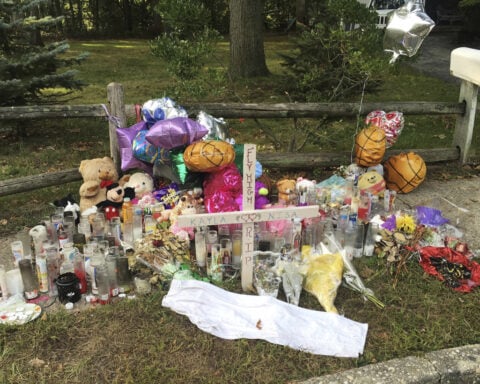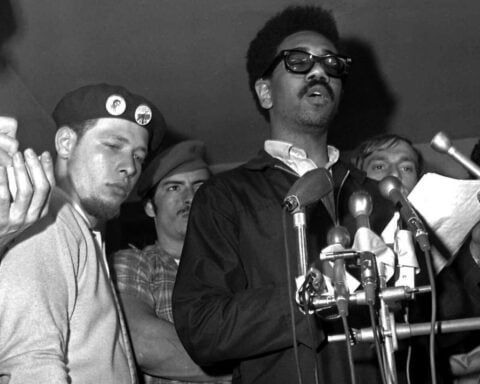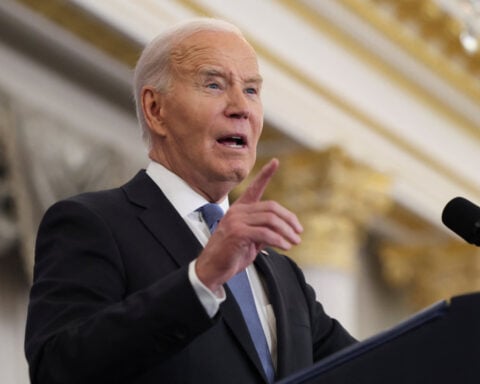Ecuador was until relatively recently seen as one of the safest countries in Latin America.
That reputation has surely now been destroyed.
On Jan. 9, 2024, images of hooded gunmen storming a TV studio were broadcast around the world. It was one of a number of violent incidents that took place that day, including prison riots, widespread hostage-taking, the kidnapping of several police officers and a series of car explosions.
I have been tracking how gang crime has affected states in Latin America for 38 years. When I started, few would have projected that Ecuador would descend into the crisis it finds itself today. But the story of Ecuador reflects a wider story of how countries across Latin America have struggled with organized crime and transnational drug gangs and how they have responded.
Ecuador now looks set to follow the recent path of El Salvador under President Nayib Bukele’s leadership in trying to crack the gang problem through the use of military and the suspension of democratic norms. In the aftermath of the Jan. 9 violence, Ecuadorean President Daniel Noboa named 22 gangs as terrorist organizations – a designation that makes them legitimate military targets. He has also imposed a 60-day state of emergency, during which Ecuadorians will be subject to curfews while armed forces try to restore order in the streets and the country’s gang-controlled prisons.
Ecuador: Victim of geography
To understand why Ecuador has become the epicenter of gang violence, you need to understand both the geography and history of Latin America’s drug trade.
Ecuador, a nation of 18 million people, is situated between Colombia in the north and Peru in the east and south. Colombia and Peru are the two top producers of cocaine in the world. Further, Ecuador has a near-1,400 mile (2,237-kilometer) coastline through which drugs from the continent can be taken to markets in Europe and the United States.
But it wasn’t until the U.S.-led “war on drugs” put the squeeze on cartels in other countries that Ecuador became the preserve of narco gangs.
Plan Colombia
In the 1980s and 1990s, Colombia was the center of the international illegal drug trade. This is hardly surprising, given that it was the top producer of coca leaves.
But beginning in 2000, a joint initiative between Colombian authorities and the U.S., known as Plan Colombia, pumped billions of dollars into an effort to clamp down on the Colombian cocaine trade.
While it may have been successful in supressing drug cartels in Colombia itself, it has had a balloon effect elsewhere in the region: Squeeze in one place, the bulge appears elsewhere.
In this case, it was Mexico’s cartels that “bulged” first. Over the past decade, there has been a massive growth in Mexican cartels, led by the Sinaloa cartel and the Jalisco Nueva Generación, or Jalisco New Generation. In fact, a study last year found that Mexican cartels were in effect the country’s fifth-largest employer.
These cartels came to dominate the illegal drug trade in Latin America, not just for cocaine, but also the trafficking of heroin and more lately fentanyl. Aligning themselves with Clan Del Golfo – a Colombian paramilitary organization formed from the remnants of the gangs dismantled under joint Colombian-U.S. operations – the cartels helped traffic drugs through Ecuador and out of South America.
They were joined by European gangs, notably from Albania, who began to show up in Ecuador.
The impact locally of these outside gangs has been disastrous for Ecuador.
Prior immunity
European and Mexican organizations ran local operatives as enforcers and transporters. And these are the people who have become the backbone of Ecuador’s gang problem today.
Ecuadorian gangs such as Los Choneros developed as a de facto subsidiary of the Sinaloa and other cartels. The escape from jail of Los Choneros’ leader, Jose Adolfo Macias, on Jan. 7, 2024, set off the latest explosion of violence.
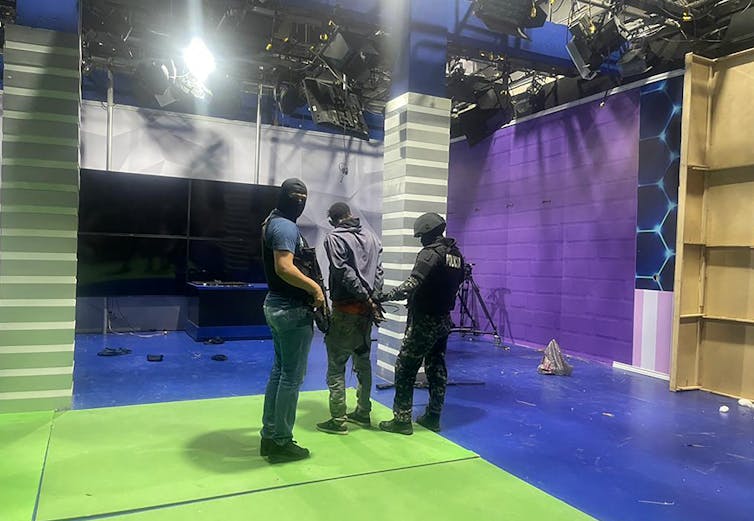
But Ecuador’s descent into violence and chaos has also been aided by the very fact that for so long it was immune from the worst of the gang violence of the region.
For many years, Ecuador had one of the lowest homicide rates in Latin America – an indicator of low gang activity. As a result, it hadn’t developed a robust police and military response to gangs. Ecuador, in comparison to Colombia, El Salvador and other countries, was seen as a “soft touch” to organized crime bosses.
This became ever more the case in 2009 when former President Rafael Correa closed down the U.S. air base in Manta, from where American AWAC surveillance planes had been monitoring and trying to disrupt drug trafficking.
Militarizing the response
Explaining how Ecuador became the epicenter of drug gang violence is one thing. Trying to find a way out for the country now is another.
Across Latin America, countries have employed different models to counter organized crime, with varying degrees of success. Colombia, with extensive U.S. assistance, transformed its military and police and went to war with the cartels. The strategy somewhat successfully dismantled organized crime groups in the country, even if it failed to halt drug trafficking itself or lower the high levels of violence in Colombia.
Mexican authorities have tried a different approach and have been reluctant to confront the country’s drug cartels head-on. Instead, Mexico has employed a more hands-off approach, allowing drug gangs to essentially govern their states – the state of Sinaloa is run largely by the cartel that shares its name.
Mexican President Andrés Manuel López Obrador has touted this “hugs not bullets” approach, but under it the power of the cartels has only grown.
And then there is the Salvadoran model.
For many years, El Salvador suffered from organized crime, with the Maras gang behind much of the country’s violence. Then in 2019 the electorate voted in Nayib Bukele on a law-and-order platform. Since then, he has militarized the country, adopted draconian security measures and jailed some 72,000 alleged gang members, often without due process.
As a result, El Salvador is now perceived as one of the safest places in Latin America. This has been achieved at the expense of human rights, critics say. But, nonetheless, Bukele’s methods have enormous popular appeal.
Path of El Salvador
With an unprecedented wave of violence in Ecuador, it looks like President Noboa is looking to take his country down the same path as El Salvador. He has ordered the Ecuadorian military to “neutralize” the criminal gangs that operate in the country.
Whether the approach will work is another matter; Ecuador is in a weaker position than El Salvador.
Whereas many of the gangs were imported into El Salvador – many members of Maras had been deported from the U.S. – in Ecuador, they are homegrown and have become more sophisticated. Further, Noboa – despite taking office in December – has only 15 months of his presidency left before a general election takes place in May 2025.
Yet, the adoption of Bukele’s methods might be seen as an election winner.
Like in El Salvador, the majority of Ecuador’s citizens appear ready for an iron fist approach to counter the gangs – even at the expense of some civil liberties. If you speak to the average Ecuadorian, many would no doubt tell you that talk of human rights violations is bogus at a time when they live under the fear of being murdered simply by leaving their homes.
As one man told The Associated Press in the aftermath of Jan. 9’s violence, the government needs to employ “a firmer hand, to have no mercy, no tolerance or (respect for) the human rights of criminals.”

Eduardo Gamarra has received funding from foundations, US government agencies, multilateral organizations and private donors.
Source: The Conversation

 India's navy launches submarine, warships to guard against China's presence in Indian Ocean
India's navy launches submarine, warships to guard against China's presence in Indian Ocean
 UK inflation unexpectedly eases in December, which could reduce pressure in bond markets
UK inflation unexpectedly eases in December, which could reduce pressure in bond markets
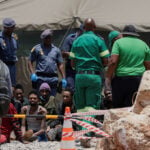 Body count from South African mine siege rises to 60
Body count from South African mine siege rises to 60
 Question on ASEAN stumped Hegseth at Senate hearing. What is it and why is it important?
Question on ASEAN stumped Hegseth at Senate hearing. What is it and why is it important?
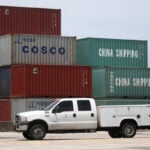 US importers rush in goods from China as Trump tariff threat looms
US importers rush in goods from China as Trump tariff threat looms
 Novak Djokovic breaks a tie with Roger Federer for the most Grand Slam matches in tennis history
Novak Djokovic breaks a tie with Roger Federer for the most Grand Slam matches in tennis history
 China's RedNote: what you need to know about the app TikTok users are flocking to
China's RedNote: what you need to know about the app TikTok users are flocking to
 British author Neil Gaiman denies ever engaging in non-consensual sex as more accusers come forward
British author Neil Gaiman denies ever engaging in non-consensual sex as more accusers come forward
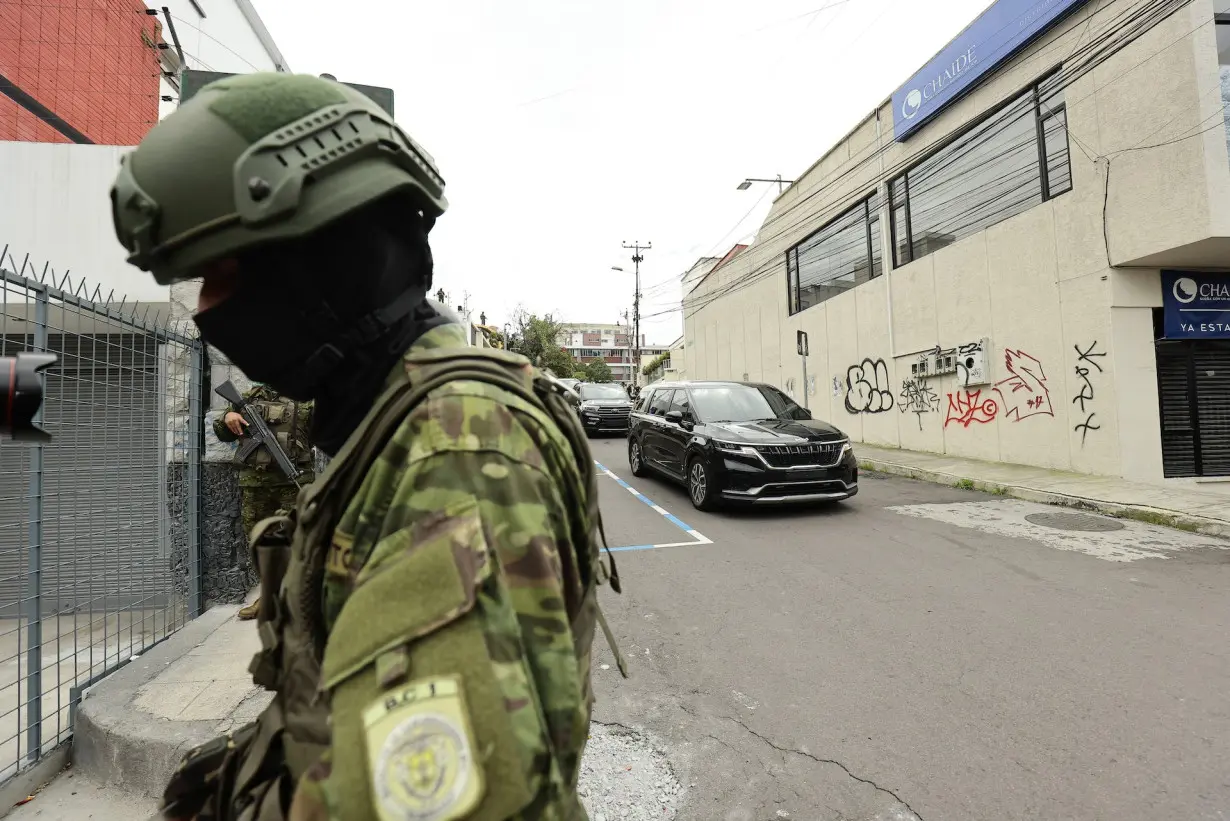 Ecuador looks set to entrust its anti-gang fight to the military.
Ecuador looks set to entrust its anti-gang fight to the military.
